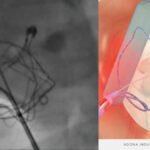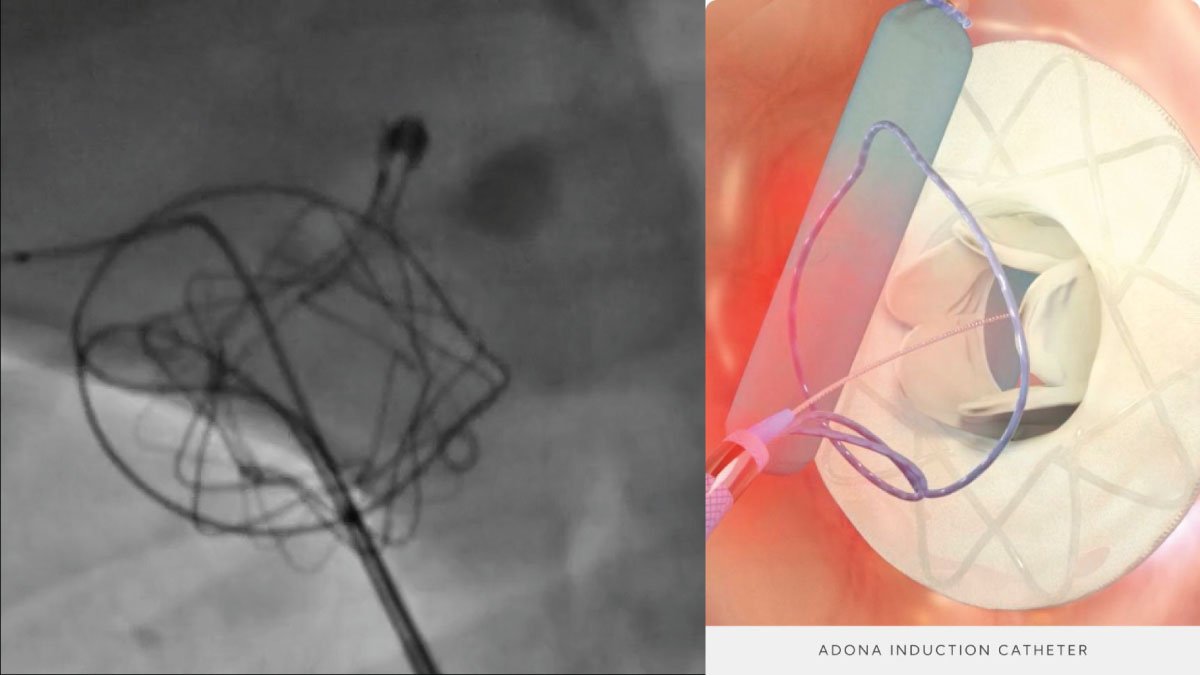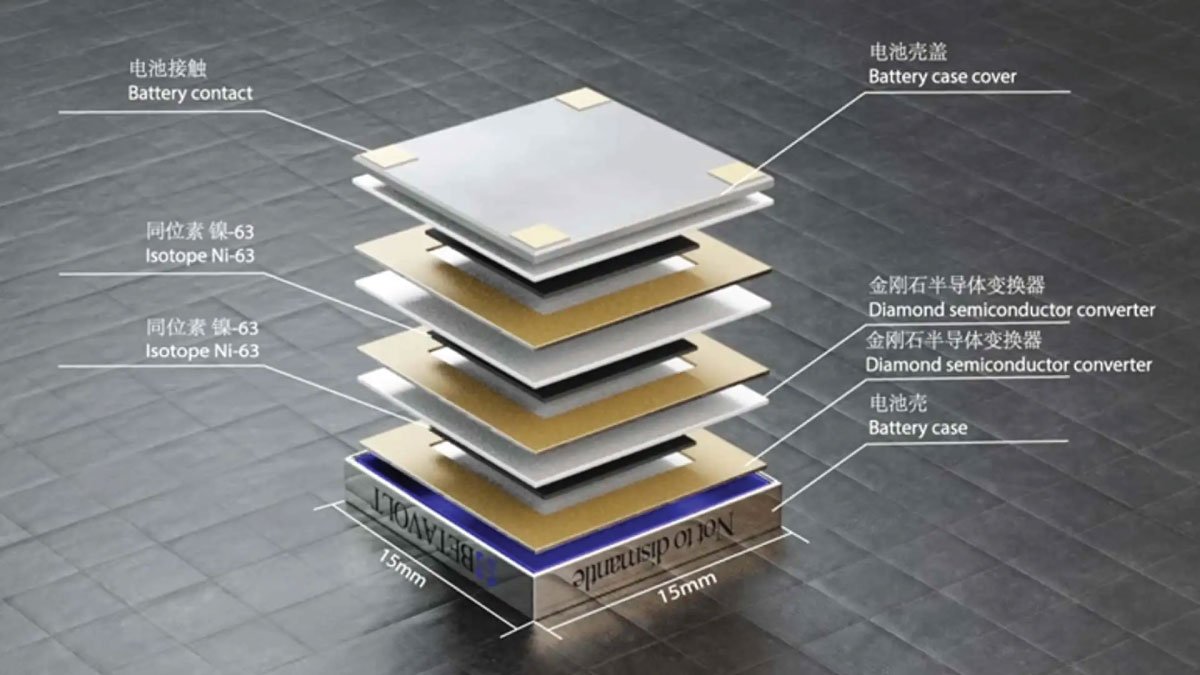Self-Adjusting Brain Pacemaker May Reduce Parkinson’s Symptoms

Recent breakthroughs in medical technology have led to the creation of a self-adjusting brain pacemaker that can automatically adjust its settings, showing great potential in easing the symptoms of Parkinson’s disease. This cutting-edge technology, which provides a more flexible method of adaptive deep brain stimulation (aDBS), could transform the way patients are treated by offering customized and instant adjustments to brain function.
Paving the Way for a New Era in Parkinson’s Treatment
Parkinson’s disease, a neurodegenerative condition affecting millions globally, has traditionally been a challenge for both patients and medical professionals. While treatments such as medication and deep brain stimulation have offered some relief, their effectiveness varies widely among individuals. Now, a novel self-adjusting brain pacemaker is poised to change the game in Parkinson’s treatment. This advanced device can automatically modify its stimulation levels based on the patient’s brain activity, providing a more targeted and responsive method of symptom management.
The Benefits of the Self-Adjusting Brain Pacemaker
The key benefit of this self-adjusting brain pacemaker is its ability to monitor and respond to the brain’s electrical signals in real-time. Unlike traditional adaptive deep brain stimulation (aDBS) devices that deliver a constant stream of stimulation at set levels, this technology can adjust the stimulation intensity as necessary, reducing the likelihood of adverse effects and enhancing the overall success of the treatment. For patients, this means experiencing fewer fluctuations in symptoms, achieving more consistent relief, and potentially enjoying a higher quality of life.
Furthermore, the device’s adaptive feature allows for precise fine-tuning of the stimulation to meet the patient’s specific needs, thereby reducing the time required for manual adjustments by doctors. This innovation could also extend the lifespan of the pacemaker by minimizing unnecessary stimulation, thereby improving patient comfort and convenience.
Future Possibilities of Self-adjusting Brain Pacemaker in Medical Technology
Beyond its application in Parkinson’s disease, the potential uses of this self-adjusting technology are broad. It could be adapted for other neurological conditions such as epilepsy, dystonia, or even depression, where accurate brain stimulation is essential for successful treatment. As research advances, we might see the creation of more sophisticated, AI-driven devices that offer even greater personalization and integration with other medical technologies.
The future of medical technology is moving toward more intelligent, self-regulating systems that not only treat symptoms but also predict and prevent them. This self-adjusting brain pacemaker represents a significant step forward in that direction, setting the stage for a new era of personalized medicine.
Conclusion
The development of a self-adjusting brain pacemaker represents a major milestone in the treatment of Parkinson’s disease. By providing a more adaptive, personalized approach to deep brain stimulation, this technology promises to enhance patient outcomes and establish new benchmarks in neurological care. As we look ahead, this innovation could serve as a blueprint for the next generation of medical devices, transforming the approach to complex neurological conditions.




















